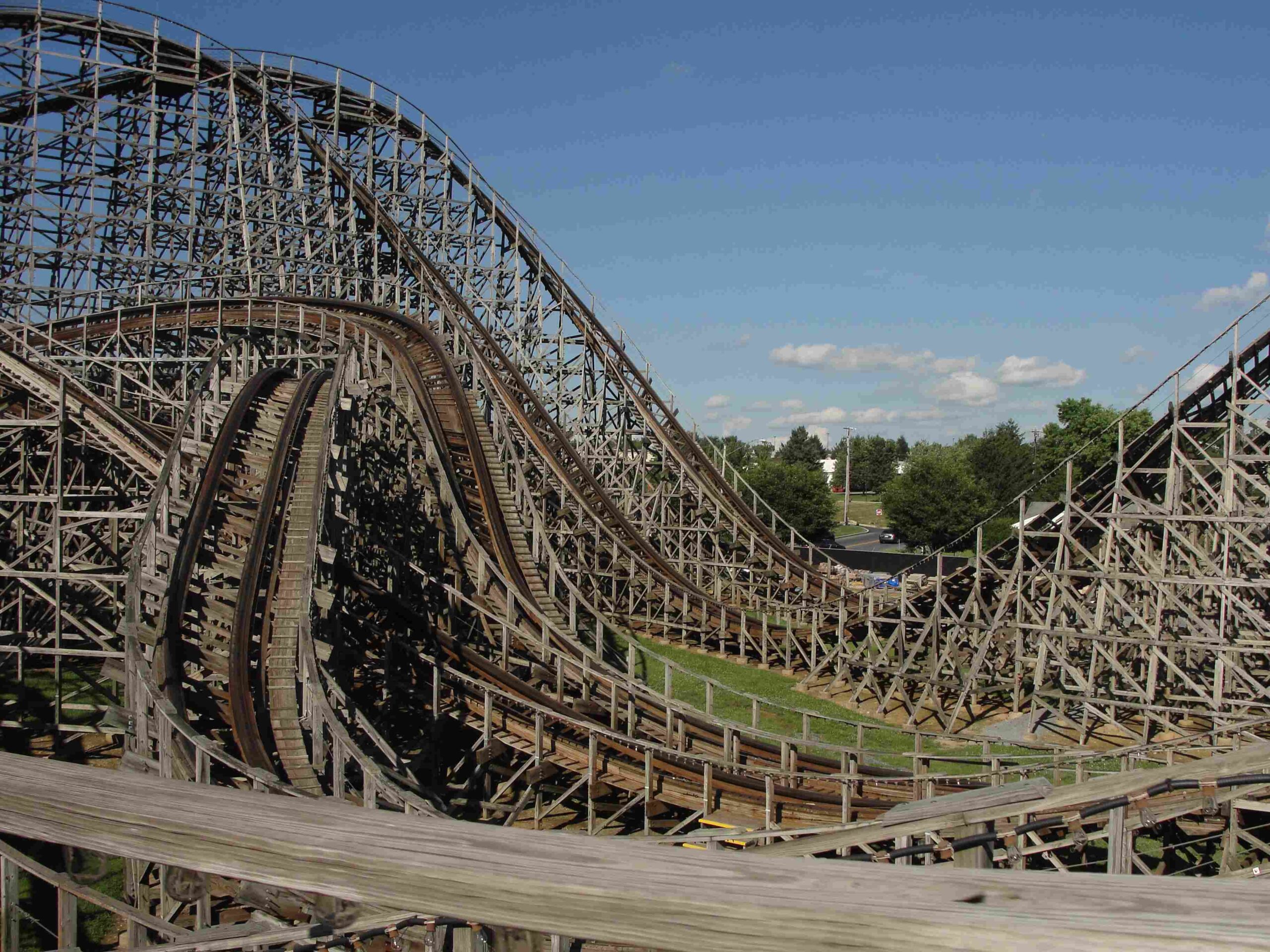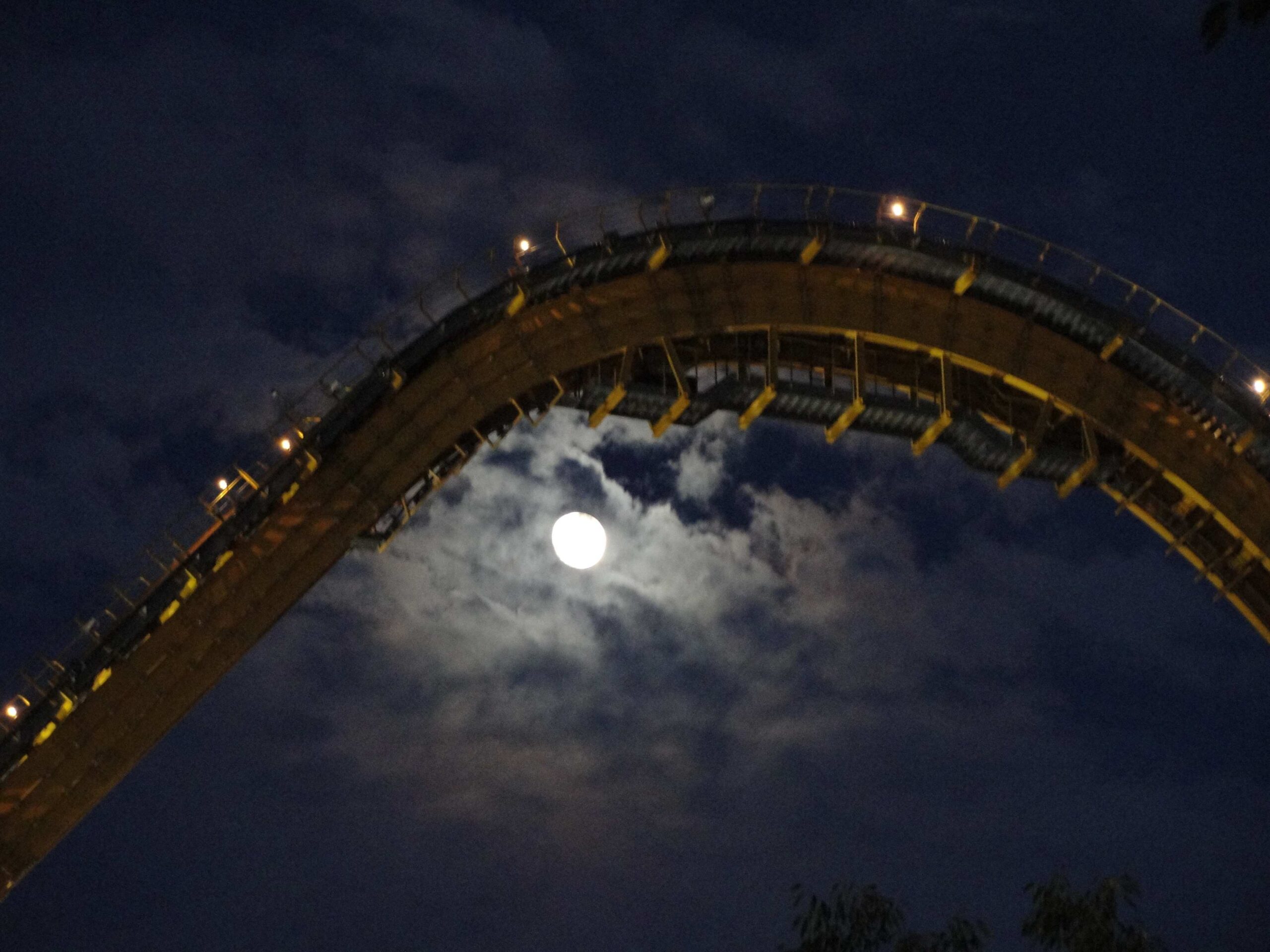Hershey Park, a beloved amusement park in Pennsylvania, has seen numerous rides come and go over its long history. From classic wooden coasters to innovative water attractions, many rides have been removed to make way for new experiences. This article explores the notable rides that have been removed from Hershey Park, examining the reasons behind their closure and the impact on visitor experiences.
What Rides Have Been Removed from Hershey Park?

Hershey Park has removed several rides throughout its history, each with its own story and reason for closure. Here’s a comprehensive list of some of the most notable removed rides:
- Wild Cat (1923-1945)
- Twin Toboggans (1972-1977)
- Mini-Comet (1974-1978)
- Roller Soaker (2002-2012)
- Wildcat (1996-2022)
- Mill Chute (Lost River) (1929-1972)
- Traver Tumble Bug (1932-1981)
- Himalaya (Removed before 1977)
- Flying Falcon (1990s-unknown)
- Chaos (1999-unknown)
Why Were These Rides Removed from Hershey Park?

The reasons for ride removals at Hershey Park vary, but generally fall into the following categories:
- Maintenance Costs: Older rides often become expensive to maintain, leading to their removal.
- Safety Concerns: As safety standards evolve, some rides may be removed if they no longer meet current requirements.
- Low Popularity: Rides that fail to attract visitors may be removed to make space for more popular attractions.
- Park Expansion: Some rides are removed to make way for new attractions or themed areas.
- Natural Disasters: In rare cases, rides have been damaged by natural events, such as the Mill Chute during Hurricane Agnes in 1972.
How Has the Removal of Rides Affected Hershey Park’s History?
The removal of rides at Hershey Park has played a significant role in shaping the park’s history and development. Let’s examine this impact through different eras:
Early Years (1906-1944)
During this period, few rides were removed as the park was still in its growth phase. The most notable removal was the original Wild Cat in 1945, which was replaced by the Comet in 1946.
Post-War Development (1945-1970)
This era saw the removal of older attractions to make way for more modern rides. The Mill Chute, for example, was damaged by floods and later replaced with newer attractions.
Modernization (1971-1995)
Several rides were removed during this period to accommodate new attractions and changing visitor preferences. The Twin Toboggans and Mini-Comet were among the casualties of this modernization effort.
Midway Expansion (1996-2019)
This period saw the removal of rides like Roller Soaker and Chaos to introduce new attractions and themed areas, reflecting the park’s strategy to stay competitive and appealing to visitors.
What Impact Has the Removal of Rides Had on Visitor Experience?
The removal of rides at Hershey Park has had both positive and negative impacts on visitor experience:
Positive Impacts:
- Introduction of new, more technologically advanced rides
- Creation of themed areas enhancing overall park atmosphere
- Improved safety standards with newer attractions
- Increased variety of ride types appealing to a broader demographic
Negative Impacts:
- Loss of nostalgic value for long-time visitors
- Temporary dips in attendance when popular rides are removed
- Potential disappointment for visitors expecting to ride a recently removed attraction
How Does Hershey Park Decide Which Rides to Remove?
Hershey Park’s decision-making process for ride removal likely involves several factors:
- Ride Performance: Attractions with consistently low ridership may be candidates for removal.
- Maintenance Costs: Rides that become too expensive to maintain safely are often removed.
- Guest Feedback: Negative feedback or lack of enthusiasm for a ride may influence its removal.
- Strategic Planning: Rides may be removed to make space for new attractions or to reshape park areas.
- Safety Considerations: Any ride that cannot meet current safety standards would be removed.
What Can We Learn from Case Studies of Removed Rides?
Let’s examine three notable ride removals to understand the specific reasons behind their closure:
Case Study 1: Wild Cat (1923-1945)
- Reason for Removal: Replaced by the Comet in 1946
- Impact: Marked the end of an era for early wooden coasters at the park
- Legacy: Paved the way for more modern coaster designs
Case Study 2: Roller Soaker (2002-2012)
- Reason for Removal: High maintenance costs and strategic decision to focus on other attractions
- Impact: Freed up space for new water-based attractions in The Boardwalk area
- Legacy: Demonstrated the park’s willingness to innovate and adapt to changing visitor preferences
Case Study 3: Wildcat (1996-2022)
- Reason for Removal: Replaced by Wildcat’s Revenge, a hybrid roller coaster
- Impact: Modernized the park’s coaster lineup while maintaining a connection to its history
- Legacy: Showcased Hershey Park’s commitment to blending tradition with innovation
What Does the Future Hold for Hershey Park’s Ride Lineup?
While we can’t predict exactly which rides might be removed in the future, we can make some educated guesses based on past patterns:
- Older rides with high maintenance costs may be phased out
- Attractions with consistently low ridership could be replaced
- Rides that don’t fit with evolving themed areas might be removed
- The park will likely continue to balance nostalgia with innovation in its ride offerings
In conclusion, the removal of rides at Hershey Park is a natural part of the park’s evolution. While some beloved attractions have been lost to time, their removal has paved the way for new and exciting experiences that continue to delight visitors year after year.
